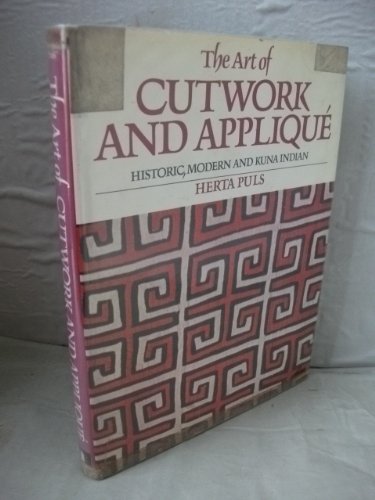YVONNE MORTON, TEXTILE ARTIST
Yvonne Morton has long been a heroine of mine. Indeed it was
on first seeing images of her work in the Embroiderers Guild magazine ‘Embroidery’
many, many years ago, that first inspired me to try my hand at an activity I
hadn’t attempted since I was a young teenager. I have chosen Yvonne as my third
artist because of her use of the
technique of reverse appliqué. Yvonne combines her cutback technique with
striking images drawn from religious and mythic symbolism.
Yvonne’s opus is noticeably theme based. I first became
acquainted with her work when she was developing her series of embroideries based
the theme of ‘Icons, Angels and Fools’,
exhibited from 1994 – 1996.

In more recent years her work was based upon her research
into African cultural identities, especially that of the Kuba tribes of the
Congo. While ill she became worried that her work was becoming “too cozy”. Then
she discovered Kuba cloths in an art catalogue, which inspired her to new
research and experimentation.

The Kuba people are famous for their intricate cut-pile
raffia cloth, known as ‘Kasai’ velvet. The designs echo the patterns on the
wood engravings, basket work and scarifications on their bodies.

Yvonne makes her hand made fabric using felt-making
processes, and which consists of raphia,
silk, flax and muslin with the addition of surface mark making using hand and
machine stitch. Patches often reference the protective symbols used in other
cultures. Yvonne now prefers a restrained colour palette, loose pattern
contrasts with large areas of rest.

[Sources:
‘Surface Design
Journal, Winter, 2008]]
Yvonne was mentored by Constance Howard, of whom she
remembers fondly.
Yvonne’s most recent exhibition was based around research
conducted at the Foundling Museum in London.
She explained that 'given up' babies were renamed but their
admittance was marked by the handing over of a piece of cloth so that the
mother could identify the child if she was able to reclaim it. Sadly out
of some 16,000 babies admitted only 142 were ever reclaimed. Yvonne’s
subsequently went on to exhibit her work “Fragments for a Foundling” in a
gallery at West Bay, Dorset. [Source:
http://www.marlboroughembroiderers.org/1/post/2013/06/a-foolish-vision-part-3-by-yvonne-morton-june-2013.html]
BIOGRAPHICAL
INFORMATION
Trained at
Bournemouth and Poole College of Art and Design (now Arts University College)
1977-92
Tutor
and Assessor/Verifier City & Guilds of London Institute 1988 -
Present
Freelance
tutor/lecturer in Stitched Textiles 1999-2001
OPUS
Degree Course in Embroidered Textiles
Work
in Private and Public Collections, including:
§
Salisbury District Hospital, Wiltshire;
§ Highcliffe
Castle Trust, Dorset;
§ Hampshire
County Council Museum Collection.
Selected
Publications/Reviews
§ 'Byzantine
Embroideries by Yvonne Morton' – Ian White, Needlecraft Magazine 1995.
§
'A Passion for Fabric' – Lynda Burgess, Workbox Magazine 1996
§
'Gallery of Embroiderers - Yvonne Morton' – Maggie Grey, Editor Embroidery
Magazine 1998
§
'Yvonne Morton: A Dorset/Congo Connection' – Ian Wilson, Surface Design Journal
USA 2008
§
'Wessex Artists: Yvonne Morton' – Fiona Robinson, 'Evolver' 2009
§
'Yvonne Morton - Fibre Artist’ – Catalogue 2010
Solo Exhibitions
1990
'Eastern Images' – Salisbury Library
Galleries
1992
Bettles Gallery, Ringwood, Hampshire
1993
'Icons, Angels and Fools' – Salisbury
Library Galleries 1994-96 'Travelling
Threads' – Touring exhibition with Hampshire County Council Museums
1995
Needlecraft Fair, Olympia, – Courtesy of
Future Events, Bath
1996
'Cloths of Light' – Salisbury Library
Galleries
1996
'Shadows of Light' – The Artist's Gallery,
Bournemouth 1997 Church House Designs, Congresbury,
Bristol
1999
The Artist's Gallery, Bournemouth
2000
Bettles Gallery, Ringwood, Hampshire 2002
Church House Designs, Congresbury, Bristol
2003
Walford Mill Crafts, Wimborne, Dorset 2005
The Slade Centre, Gillingham, Dorset
2007
Atrium Gallery, Bournemouth University
2009
Dorset County Hospital
2010
Walford Mill Crafts, Wimborne, Dorset
Sources:
‘Surface Design
Journal, Winter, 2008



